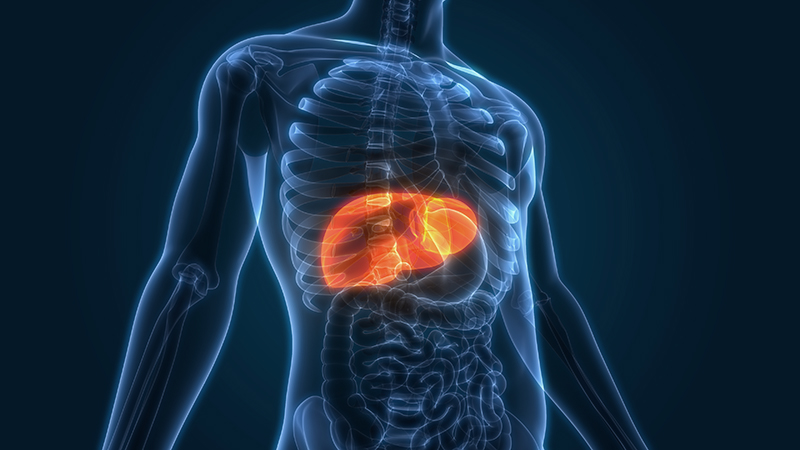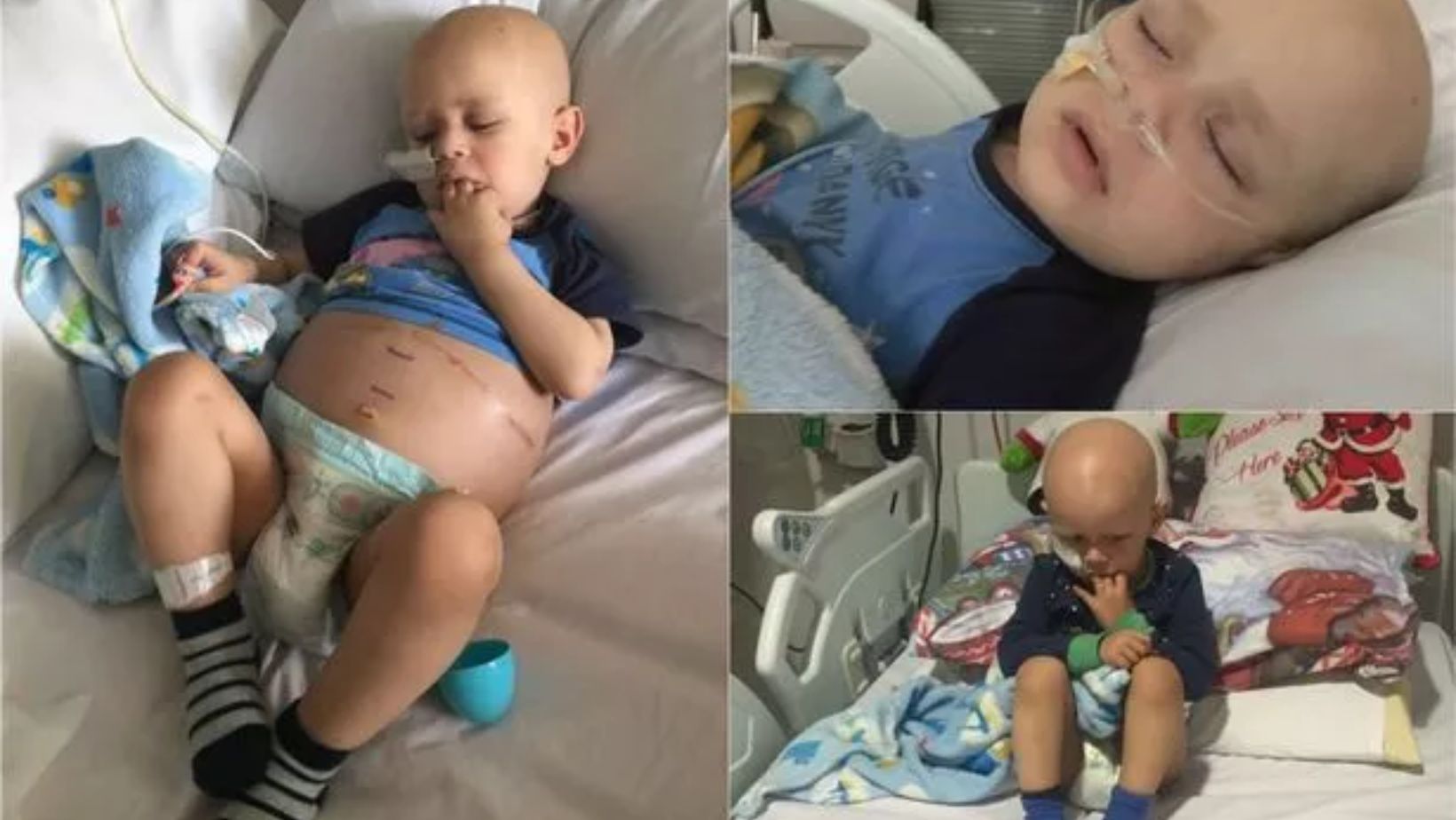Cancer is an indiscriminate and formidable adversary that can affect individuals of all age groups, including children. Although rare in pediatric populations, liver cancer can indeed strike children. In this article, we delve into the potential occurrence of liver cancer in children, exploring its origins, symptoms, and available treatments.
Comprehending Liver Cancer
Liver cancer, scientifically known as hepatocellular carcinoma (HCC), emerges as a malignancy originating within the liver. This cancer takes root when healthy liver cells undergo genetic mutations, compelling them to proliferate uncontrollably. Liver cancer is renowned for its aggressiveness and is typically associated with older adults. However, children are not exempt from its reach.
Signs and Symptoms: Recognizing Liver Cancer in Children
Detecting liver cancer in children can be intricate, primarily due to their limited ability to communicate symptoms effectively. Moreover, these symptoms may overlap with more common childhood ailments. Key indicators to be vigilant about include:
- Abdominal Pain: Children with liver cancer might experience unexplained pain or discomfort in the upper abdomen.
- Swelling: Visible or palpable swelling or a lump in the abdominal area can be indicative of liver issues.
- Weight Loss: Unexplained and substantial weight loss can occur.
- Jaundice: Noticeable yellowing of the skin and eyes (jaundice) may manifest.
- Loss of Appetite: A marked reduction in appetite and feelings of fullness even after consuming a small meal may signify liver problems.
- Fatigue: Excessive fatigue, weakness, and an overall sense of malaise might be present.

Read more.. Progresses in Clinical Innovation: Developments Forming Medical Care Conveyance
Treatment options for liver cancer in children may encompass:
- Surgery: Surgical interventions may focus on excising cancerous tissue or, in certain scenarios, performing a liver transplant.
- Chemotherapy: Chemotherapy entails the use of drugs to target and eradicate cancer cells.
- Radiation Therapy: Radiation therapy employs high-energy beams to obliterate cancer cells.
- Targeted Therapy: Targeted therapies zero in on specific molecules involved in cancer growth, and they may be employed for specific cases.
- Clinical Trials: Engaging in clinical trials can provide access to cutting-edge treatments and therapies.

Read more.. Guarding Your Newborn from Mosquito Bites: Tips for a Serene Night
In Conclusion
Liver cancer in children, while infrequent, is a possibility that should not be disregarded. Timely detection and immediate treatment assume paramount importance in ameliorating outcomes for afflicted children. Parents and healthcare providers must remain vigilant and expeditiously address any concerning symptoms. Advances in medical science continually engender optimism for enhanced treatment options and augmented survival rates for children contending with this formidable ailment.
Read more.. Care Supreme Health Insurance: Your Top Choice for Comprehensive Coverage




